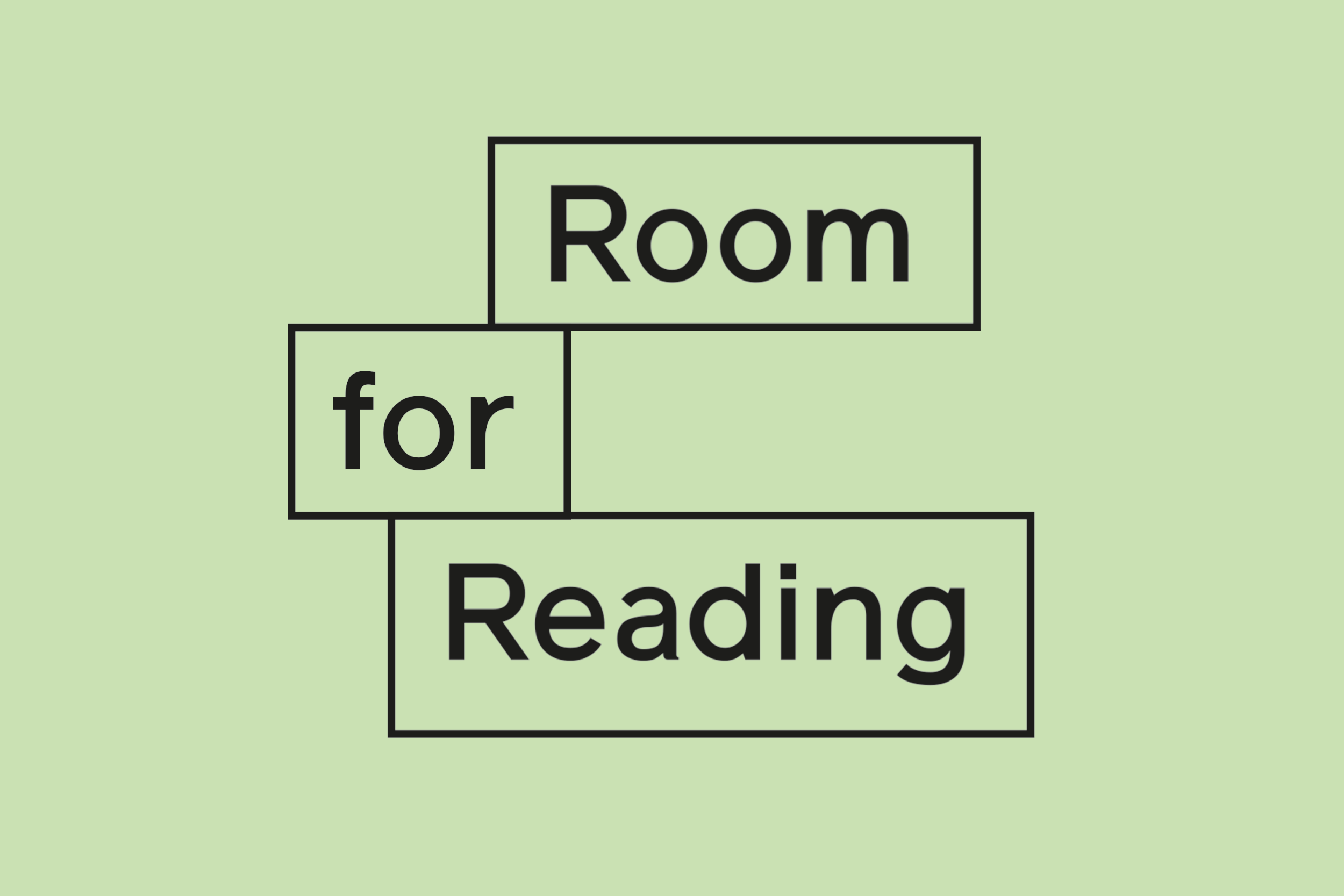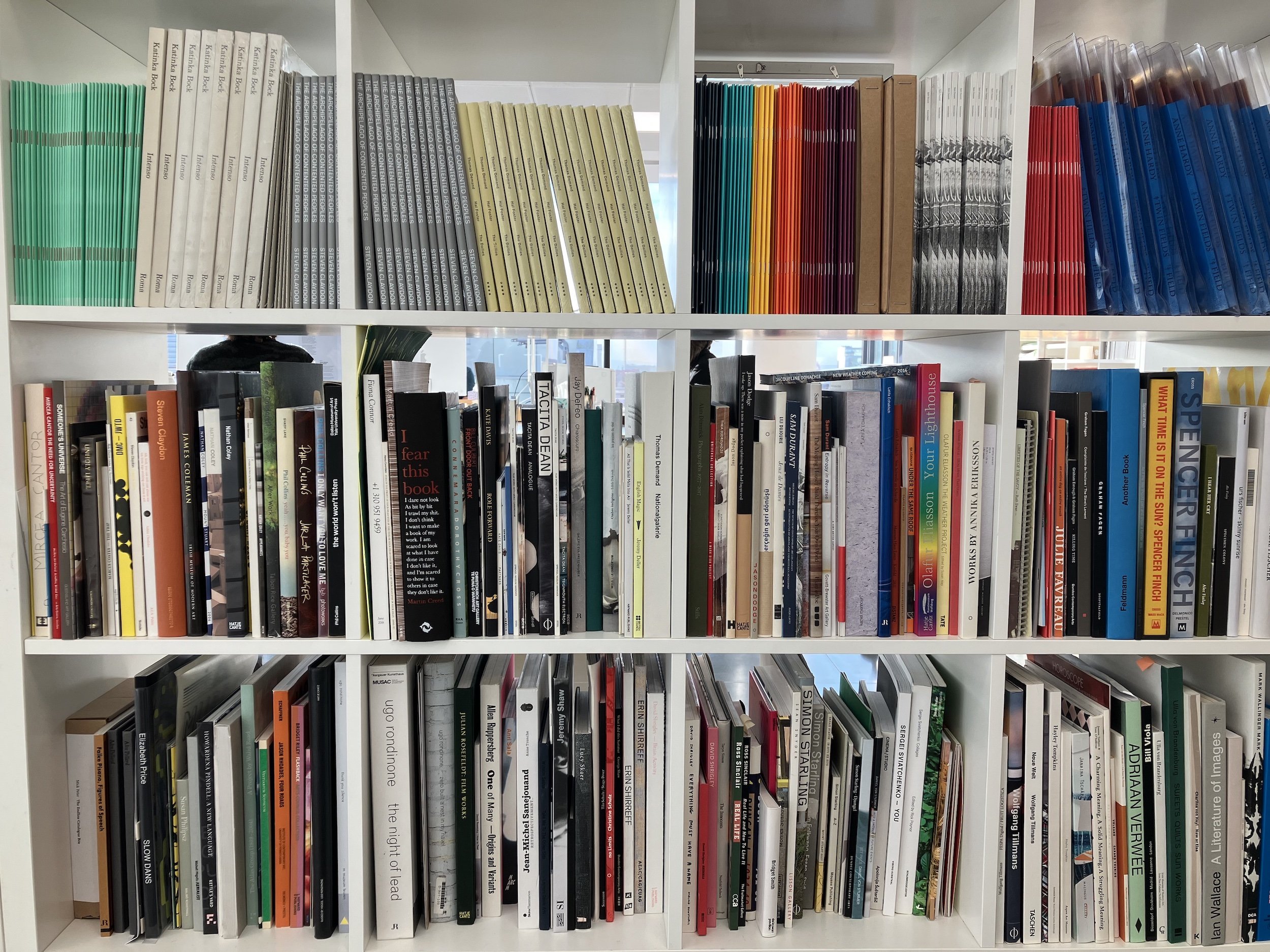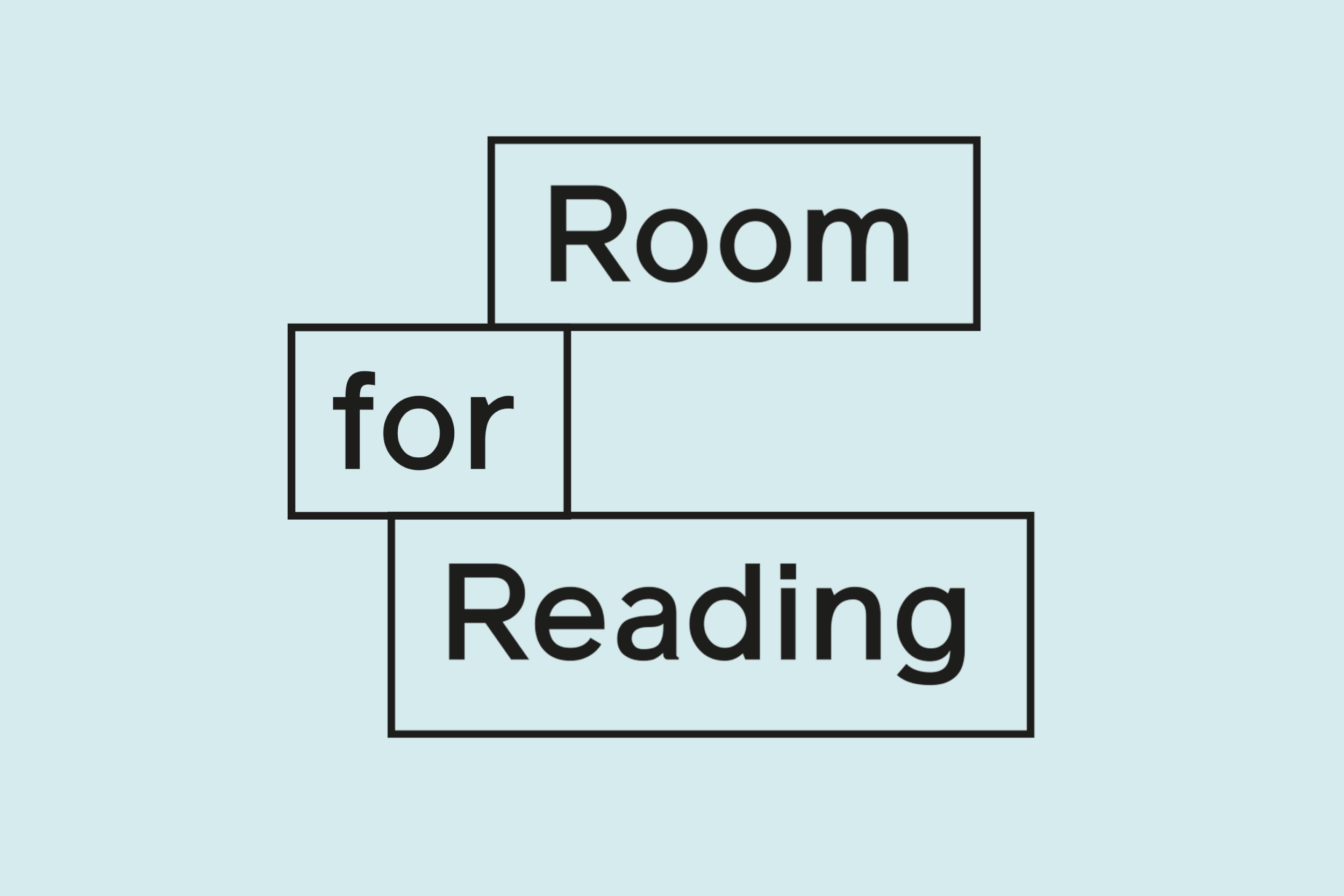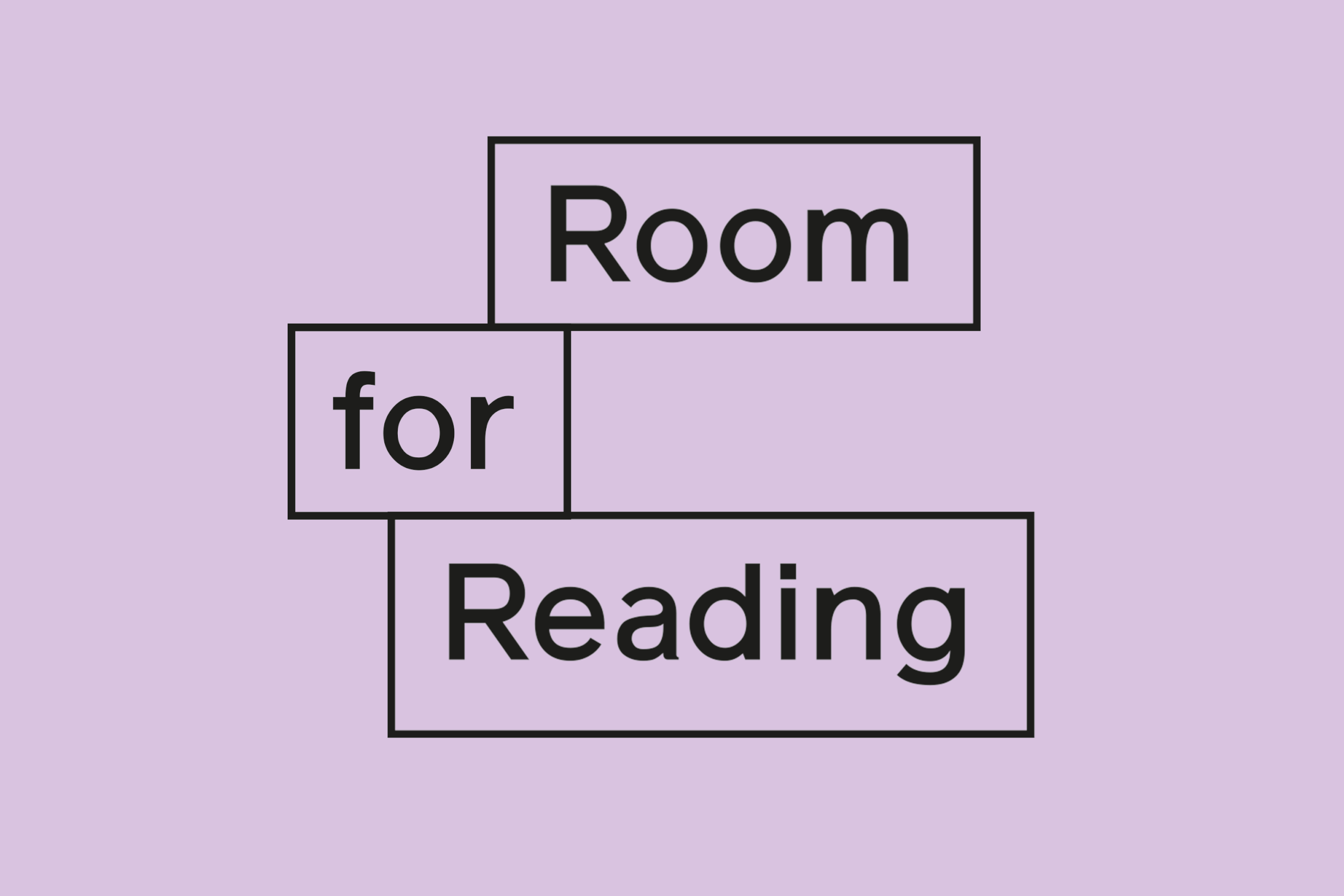Room for Reading features publications about and selected by exhibiting artists in our programme.
During 2018 Room for Reading recommendations focus on exhibiting artists Katinka Bock, whose exhibition ‘Radio Piombino’ is presented at 21 Woodlands Terrace from 20 April - 8 July; and Janice Kerbel, whose synchronised swimming project ‘SINK’ takes place at The Western Baths Club on 3 August.
Katinka Bock, ‘Intenso’ (2018); ‘Pazifik’ (2014); and ‘ANY’ (2016).
We have selected three publications on the work of German sculptor Katinka Bock in the run up to the artist’s solo exhibition 'Radio Piombino' at The Common Guild later this year.
Katinka Bock, 'Intenso' (2018), an artist’s book conceived as a prelude to three exhibitions 'Tomorrow’s Sculpture' at Kunst Museum Winterthur, Mudam Luxembourg, and Institut d’art contemporain, (Villeurbanne/Rhône-Alpes); 'Pazifik' (2014) published on the occasion of 'A and I' at the Henry Art Gallery, University of Washington, Seattle; and 'ANY' (2016), an artist book released in conjunction with the exhibition ‘Warum ich mich in eine Nachtigall verwandelt habe’ at Kunstmuseum Luzern, Switzerland.
Watch a short film from the exhibition Katina Bock, ‘Tomorrow’s Sculpture’ at Institut d’art contemporain here.
George Kubler, ‘The Shape of Time’ (1962); Franz Kafka, ‘The Complete Stories’ (1971); Stefan Zweig, ‘Decisive Moments in History’.
For the first of her selections, Katinka Bock recommends 'The Shape of Time: Remarks on the History of Things' (1962) by George Kubler, Franz Kafka’s short story ‘The Cares of a Family Man’ (1914-17) and Stefan Zweig’s 'Decisive Moments in History' (1927).
When it was first released ‘The Shape of Time’ presented a radically new approach to the study of art history, replacing the widely accepted notion of style as the basis for histories of art with the concept of historical sequence and continuous change across time.
Kafka’s ‘The Cares of a Family Man’ or “Die Sorge des Hausvaters” is a puzzling short story of a creature called “Odradek”. The falsely allegorical tale has drawn many interpretations, from Marxist capitalist critique, to a metaphor for the act of writing itself.
First published in English in 1940, 'Decisive Moments in History' is an illustrated history book describing 14 key moments in history, from Napoleon’s defeat at the Battle of Waterloo, to the start of the Russian Revolution.
Read 'The Shape of Time' here.
Read ‘The Cares of a Family Man’ here.
View a photo gallery illustrating Stefan Zweig’s twelve decisive moments here.
‘Documents of Contemporary Art: Materiality’ (2015) edited by Petra Lange-Berndt and Karen Barad, 'Meeting the Universe Halfway' (2007).
Katinka Bock selects two books on materiality: ‘Documents of Contemporary Art: Materiality’ (2015), edited by Petra Lange-Berndt and Karen Barad, 'Meeting the Universe Halfway: Quantum Physics and the Entanglement of Matter and Meaning' (2007) .
‘Materiality’ features writing by Judith Butler and Tim Ingold, and includes artists Jimmie Durham, Zoe Leonard and Kara Walker in an investigation of artistic practice that is concerned with disrupting social norms, and expanding notions of time and space.
The theoretical physicist and feminist Karen Barad elaborates her concept of “agential realism” in 'Meeting the Universe Halfway'. Barad offers an account of the world as a whole rather than as composed of separate natural and social realms, significantly reworking understandings of space, time, matter, causality, agency, subjectivity, and objectivity.
Read a selection of pages from ‘Materiality’ here.
Read 'Meeting the Universe Halfway' here.
Katinka Bock ‘Zarba Lonsa, _0_0__0, Mesonya’ (2018); Katinka Bock ‘The Sound of Distance' (2009); W.G. Sebald 'Vertigo' (2000).
This month Katinka Bock recommends, ‘The Sound of Distance' (2009) from her eponymous site-specific work at De Vleeshal, the Netherlands in 2009, and ‘Zarba Lonsa, _0_0__0, Mesonya’ (2018), a catalogue of three solo-exhibitions by Bock that were linked to 'Zarba Lonsa', a series of sculptures, installation, films and photos instigated during her residency at Les Laboratoires d'Aubervilliers in Paris in 2016.
Bock also selects the novel 'Vertigo' by German author W.G. Sebald (1990; English translation 2000. Described by Stephen Moss as “a curious mix of travelogue, literary essay, philosophical reflection and fictive exploration”, ‘Vertigo’ is W.G Sebald’s first novel and the last to be translated into English. It tells the story of an unnamed narrator, whose journey across Europe invokes ghosts of literary figures of the past, drawing the reader, line by line, into a dizzying web of history, biography, legends, and memory.
Watch W.G. Sebald speak about his work here.
Janice Kerbel, ‘Deadstar’ (2006); Charles Sprawson 'Haunts of the Black Masseur: The Swimmer as Hero' (1992); Janice Kerbel ‘LIVE’ (2018).
In the first of Janice Kerbel’s Room for Reading recommendations, the Canadian artist selects her own publications 'Deadstar' (2006) and ‘LIVE’ (2018) along with Charles Sprawson’s 'Haunts of the Black Masseur: The Swimmer as Hero' (1992).
‘Deadstar’ is a limited edition publication that accompanied ‘Deadstar: Ghosttown’ a copperplate photogravure etching by the artist. The etching takes the form of a town plan to envisage a timeless settlement for ghosts, and the publication includes essays by Mark Godfrey and Susan Morgan, and an extract from Lyall Watson’s ‘Supernature’.
Kerbel’s 'LIVE' brings together three scripts and one score written over ten years. Performative works assembled in this book are ‘Nick Silver Can’t Sleep’, a radio play for insomniacs in the voices of six nocturnal plants; ‘Kill the Workers!’, a play for stage lights inspired by dramatic narrative; ‘Doug’, a live vocal performance of nine songs for six voices; and ‘Ballgame’, a radio announcement of a baseball game conceived by mathematical averages.
Charles Sprawson, himself an obsessional swimmer, explores the meaning that different cultures have attached to water in 'Haunts of the Black Masseur’. From Classical Greece to Virginia Woolf, Sprawson offers anecdotes of great swimming heroes.
Read more about ‘Deadstar’ here.
Listen to ‘Nick Silver Can’t Sleep’ featured in ‘LIVE’ here.
Watch a film adaptation of 'Haunts of the Black Masseur’ here.
Thomas van Leeuwen 'The Springboard in the Pond: An Intimate History of the Swimming Pool' (1998); Synthia Sydnor 'A History of Synchronised Swimming' (2014).
This month Janice Kerbel has selected 'A History of Synchronised Swimming' (2014) by Synthia Sydnor and 'The Springboard in the Pond: An Intimate History of the Swimming Pool' Thomas A. P. van Leeuwen (1998).
Sydnor’s 2014 article for the journal Body Politics is a meditation on the form and essence of synchronized swimming. van Leeuwen’s 'The Springboard in the Pond’ investigates the swimming pool as a quintessentially modern and American space, reflecting America's infatuation with hygiene, skin and recreation. This text looks at the domestic swimming pool and discovers an icon through which to read 20th-century modernism.
Read 'A History of Synchronised Swimming' here.
Watch a lecture by Thomas van Leeuwen on The Springboard in the Pond here.
Details
Room for Reading is a space to engage with research related to our programme as recommended by the artists and collaborators we work with at The Common Guild.
Books are suggested in conjunction with our projects, exhibitions and events.
Artists’ selections are added to The Common Guild’s expansive reference library of artist books, catalogues, and cultural and critical theory.
The Room for Reading at 21 Woodlands Terrace was open on the first Thursday of every month. Designed by artist Andrew Miller the reference library was open from lunchtime until late, with tea and coffee provided.












